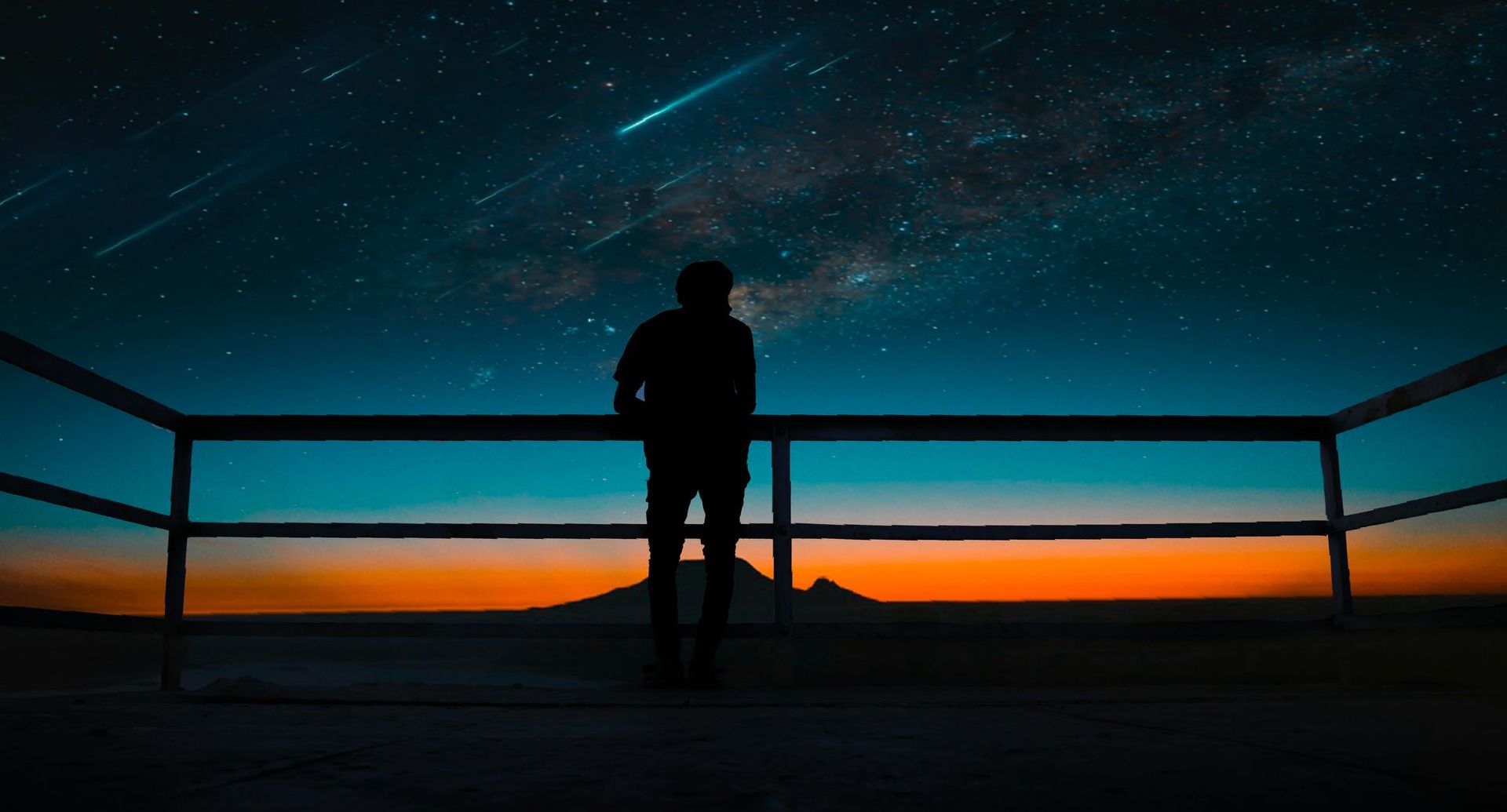Look up! December Meteor Showers

Blog vol 5.25. Look up! December Meteor Showers.
The Geminids are here, a meteor shower radiating from the constellation of Gemini. This is an annual show in the Northern Hemisphere that starts in early December and will peak on the 13 and 14th of this month. The Geminids are special because they start at 7 pm, a convenient time to step out the door and have a look.
The Zenithal Hourly Rate (ZHR) is the hourly rate at which the shower will display meteors entering the atmosphere under ideal conditions: a new moon, clear sky, and the radiant directly overhead. The University of Western Ontario has a neat gage that indicates the ZHR for the next 24 hours (check it out here).
Tonight (December 11) the ZHR is 84, which tells us that under ideal conditions the observer can see 84 meteors in an hour. Unfortunately, this year’s display will be washed out by a full moon, reducing that number to half the value (clouds are also a problem, reducing the visibility to 0). At the Geminids’ peak, one can see as many as 150 meteors per hour.
The next shower is the Quadrantids, which will peak on the nights of January 2-3, 2025. The Quadrantids are named after the now defunct constellation, Quadrans Muralis, and will only appear for a couple hours each night most clearly from Northern positions. Its ZHR will peak at 120, but the cool thing is that the moon will just be starting to wax, which means more visible “stars”.
The third major meteor shower is the Perseids which will peak August 12, 2025, but will require a late evening to see them. The Perseids’ radiant is the constellation of Perseus. It has a ZHR of over 100, but this coming year the moon will be just starting to wane, meaning that less meteors will be visible.
The showers happen when the earth’s atmosphere passes through the remains of a comet (sometimes, but rarely, an asteroid) as the earth travels around the sun. The debris enters our atmosphere and burns up, creating a shooting star. You can go out with your own two eyes to watch, a wonderful thing and accessible to everyone. But, if you have a big enough telescope, you can watch the “stars” from the Geminids hit the moon because they do not burn up in its lighter atmosphere, at the rate of about one every 20 minutes, so interesting.
As they say, ”Geminid showers bring Christmas flowers”, just made that up :)
Til next week,
The good doctor






